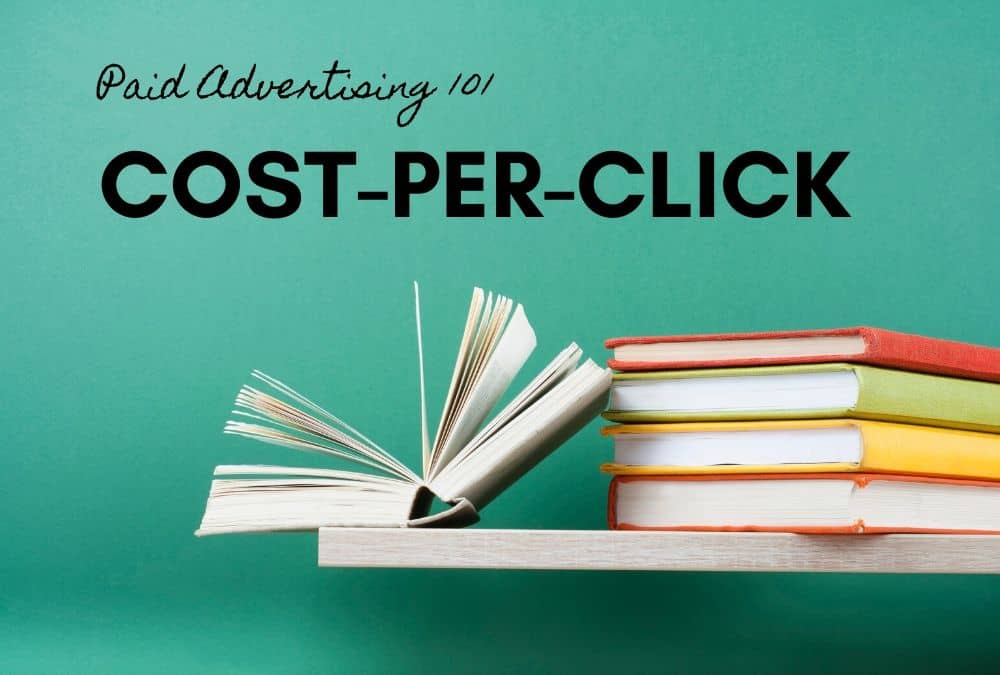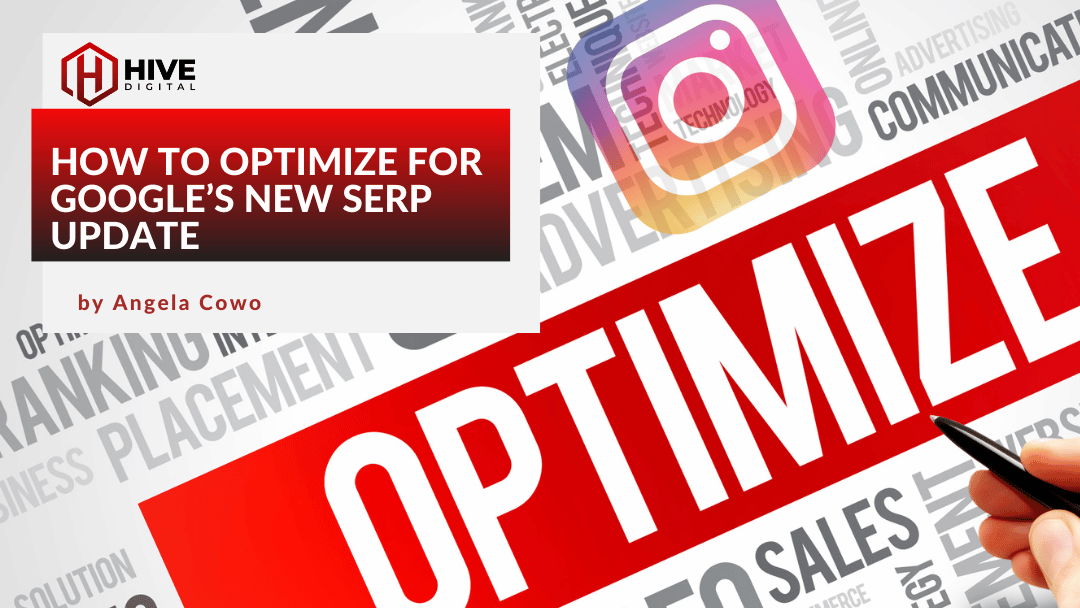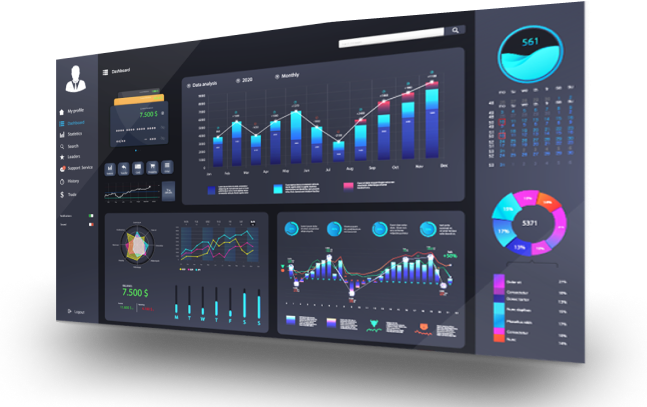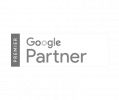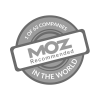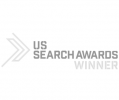What is CPC?
Cost Per Click (CPC) is the actual price you pay for each click on your ad. When someone clicks on your ad, it registers a charge against your campaign budget. Importantly, you are not charged when your ad simply appears on a search results page or display placement (that’s called an impression). You only pay when someone engages by clicking through to your landing page.
How is CPC Calculated?
The formula for CPC is straightforward:
CPC = Total Cost (Spend) ÷ Total Clicks
Example:
If you spend $25 and receive 5 clicks, your CPC is $5.
This calculation helps advertisers quickly see how much they’re paying for each interaction.
How CPCs Are Determined
Although the formula is simple, the actual CPC you pay is determined through an auction system (like Google Ads or Microsoft Ads). Your CPC depends on several factors:
- Maximum Bid – The highest amount you’re willing to pay for a click.
- Quality Score – A Google Ads metric based on your ad relevance, expected click-through rate (CTR), and landing page experience.
- Competition – How many other advertisers are bidding on the same keyword or audience.
In most cases, you don’t pay your maximum bid, you pay just enough to beat the next highest competitor’s ad rank.
What Do CPCs Tell Us?
Cost-per-click (CPC) is more than just the amount you pay when someone clicks on an ad—it reflects the underlying dynamics of your advertising market. By understanding what low and high CPCs indicate, you gain insight into supply, demand, competition, and audience value.
Low CPCs
- Indicate that clicks can be purchased at a relatively low cost, stretching your advertising dollars further.
- Often occur when there is ample supply of ad inventory (lots of available impressions, lower advertiser demand).
- May suggest less competition from other advertisers bidding for the same keywords or audience segments.
- Allow you to generate greater traffic volume and broader brand exposure for the same budget.
- However, low CPCs can also mean the keywords or audience being targeted are less commercially valuable, attracting lower-intent visitors who may not convert as effectively.
High CPCs
- Show that each click is significantly more expensive, reducing the immediate reach of a fixed ad budget.
- Usually reflect strong competition among advertisers, with multiple players bidding aggressively for the same keywords, audiences, or placements.
- Can indicate limited traffic supply, where only a relatively small pool of high-value leads is available.
- Suggest that the niche is lucrative, with higher customer lifetime values or greater transaction sizes, which justifies advertisers’ willingness to pay more.
- High CPCs can be a sign of a crowded market, where differentiation and targeting strategies become essential to maintaining profitability.
CPC levels act as important signals about market dynamics. A high CPC often points to customers who carry significant value for advertisers, either because they have greater spending potential or are more likely to make repeat purchases. At the same time, CPC reflects the intensity of competition, showing how many other advertisers are bidding for access to the same audience.
Beyond value and competition, CPC also highlights optimization opportunities: lower CPCs may reveal untapped or less competitive niches worth exploring, while higher CPCs push advertisers to refine their targeting, improve ad creative, or adopt smarter bidding strategies.
Branded vs. Non-Branded CPCs
- Branded Keywords
Searches for your brand name or products usually carry lower CPCs. You’re the most relevant result, so Google and other ad platforms reward you with cheaper clicks. Competitors can try to bid on your brand name, but their CPCs will usually be higher than yours because they’re less relevant. - Non-Branded Keywords
These vary more widely depending on your market. For example:
- A general product like “coffee mugs” might have lower CPCs because there’s abundant search traffic and many advertisers sharing the volume.
- A niche product like “emerald green silk jacket” could have higher CPCs, since search volume is lower and advertisers are competing heavily for that limited traffic.
- A general product like “coffee mugs” might have lower CPCs because there’s abundant search traffic and many advertisers sharing the volume.
Search campaigns that combine Branded and Non-branded keywords can pose a challenge with automated bidding. This is because the customer intent for branded vs. non-branded search is very different and they have separate, unique buying journeys. Therefore, it is best to separate these queries in different campaigns and measure success differently.
Why CPC Matters
CPC matters because it provides a lens into both the cost and competitiveness of your advertising strategy, helping you make smarter decisions that directly affect profitability. By monitoring CPC, advertisers can understand not only how far their budget will go, but also what those costs reveal about audience value, competition, and campaign efficiency.
Budget Effectiveness
Knowing your average CPC makes it easier to plan and allocate budgets realistically. If you know, for example, that your CPC is $2 and your monthly budget is $1,000, you can estimate around 500 clicks. This allows you to forecast site traffic, plan campaigns with confidence, and compare the potential reach of different platforms or keywords.
Measuring Efficiency
A lower CPC may look attractive on the surface since it means you can buy more clicks with the same money. However, cheap clicks aren’t always high-quality. If those visitors don’t convert into leads, purchases, or meaningful actions, then the return on investment is low.
On the other hand, paying more for highly targeted clicks that generate higher-value conversions can deliver better profitability. CPC should therefore be weighed alongside conversion rates, customer acquisition costs, and revenue rather than looked at in isolation.
Gauging Competition
CPC trends can also signal shifts in your competitive environment. Rising CPCs may reveal that more advertisers are entering your space or increasing their bids, raising the overall competition for keywords or audiences.
Falling CPCs, on the other hand, might indicate reduced competition, seasonal changes, or lower advertiser interest. Monitoring these shifts provides insights into how aggressive your industry is and whether you may need to adjust your bidding strategy, keyword targeting, or creative approach.
The Bigger Picture
Ultimately, CPC is just one piece of the advertising puzzle. While managing costs is crucial, the real goal isn’t simply to get the cheapest clicks it’s to maximize conversions and return on ad spend (ROAS). A campaign with slightly higher CPCs but significantly stronger conversion rates often outperforms one with low CPCs and weak engagement. For this reason, CPC should always be interpreted alongside performance metrics like cost per acquisition (CPA), conversion value, and overall profitability.
Monitoring CPC helps you:
- Budget effectively – Knowing your average CPC tells you how many clicks you can expect within your budget.
- Measure efficiency – Lower CPCs don’t always mean better performance; they need to be balanced with conversions and revenue.
- Gauge competition – Shifts in CPCs can signal changes in your industry’s competitive landscape.
In practice, CPC is one piece of the bigger puzzle. While it’s important to keep costs efficient, the ultimate goal is conversions and return on ad spend (ROAS) not just cheap clicks.
If you would like more information about CPCs and any other paid advertising terminology or strategy please free to reach out for more information and to see how Hive Digital can help with your advertising efforts.

